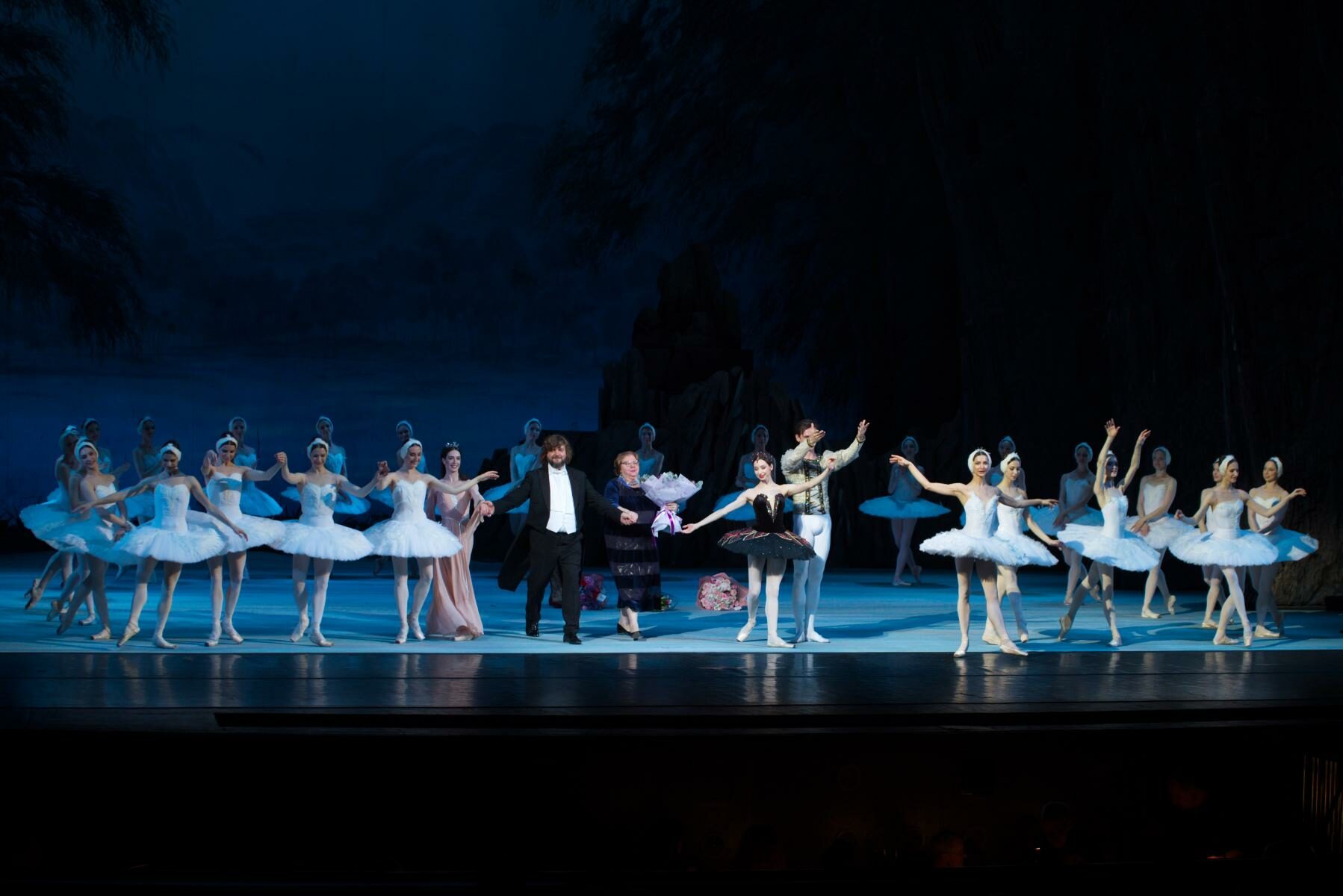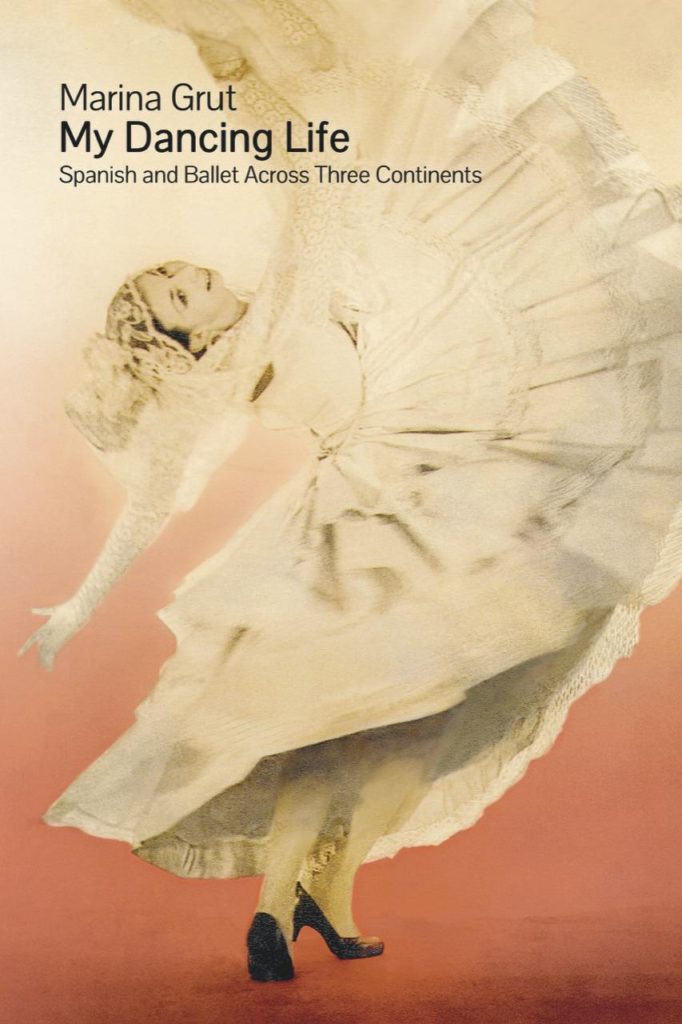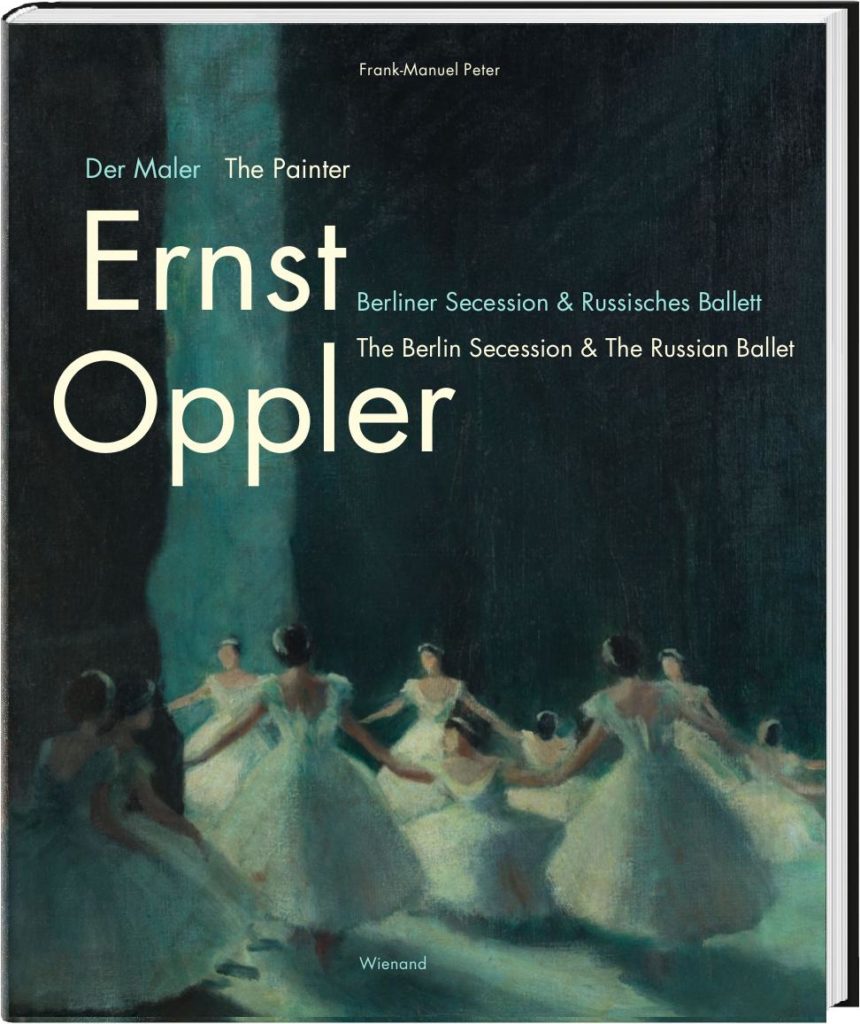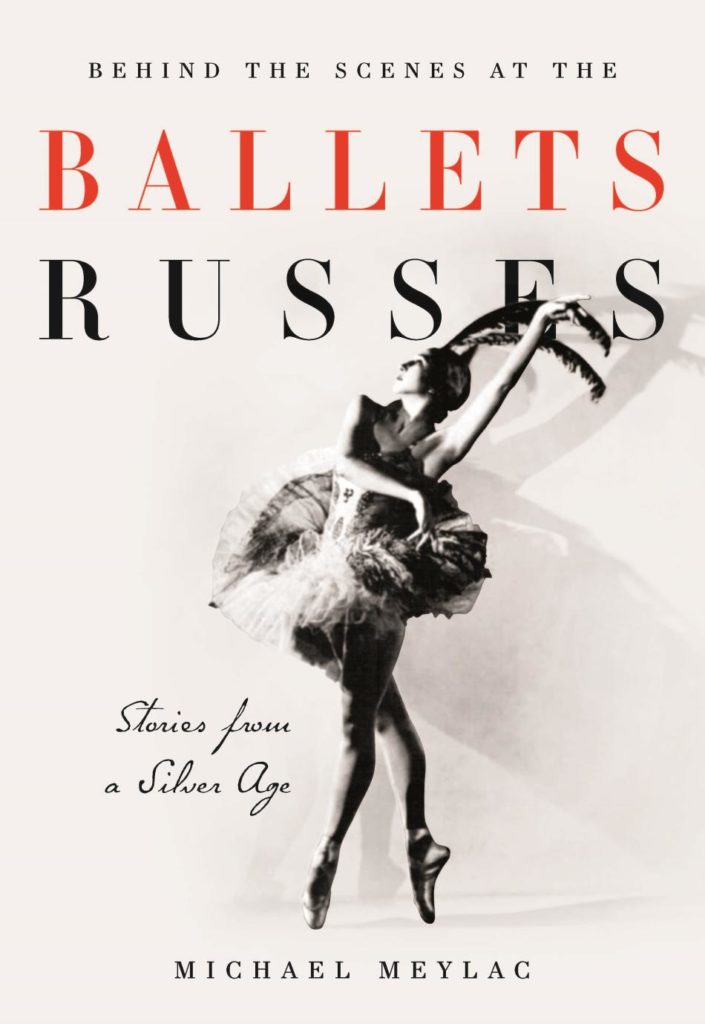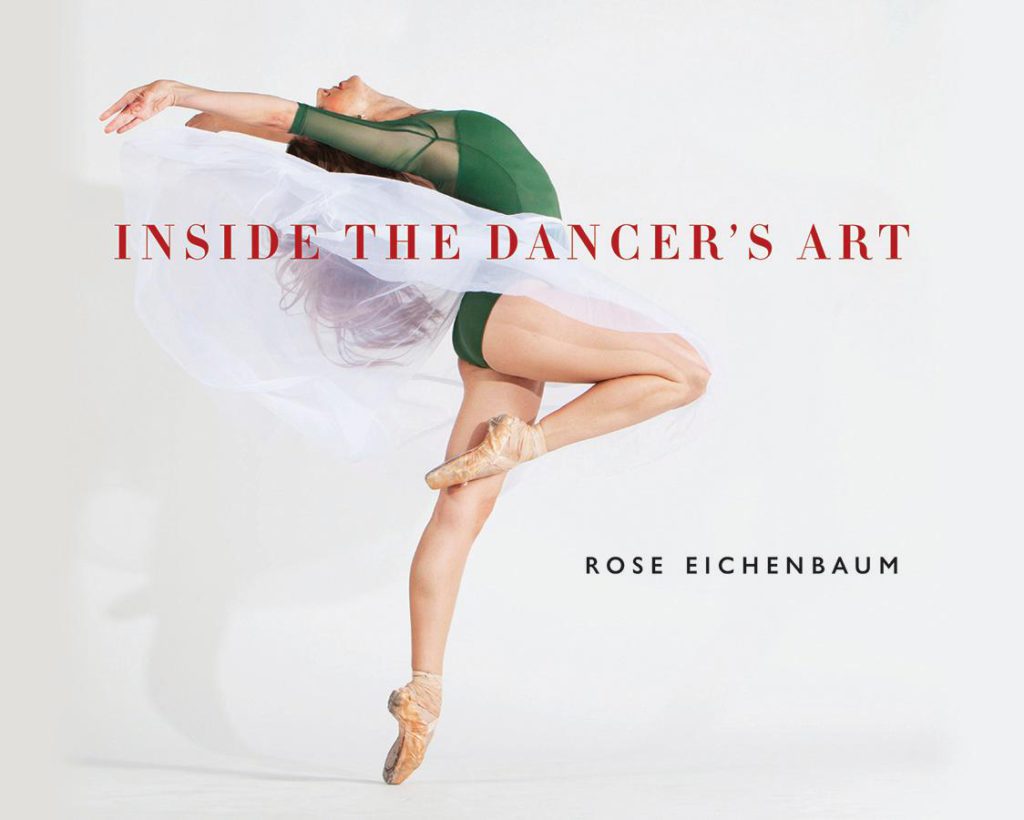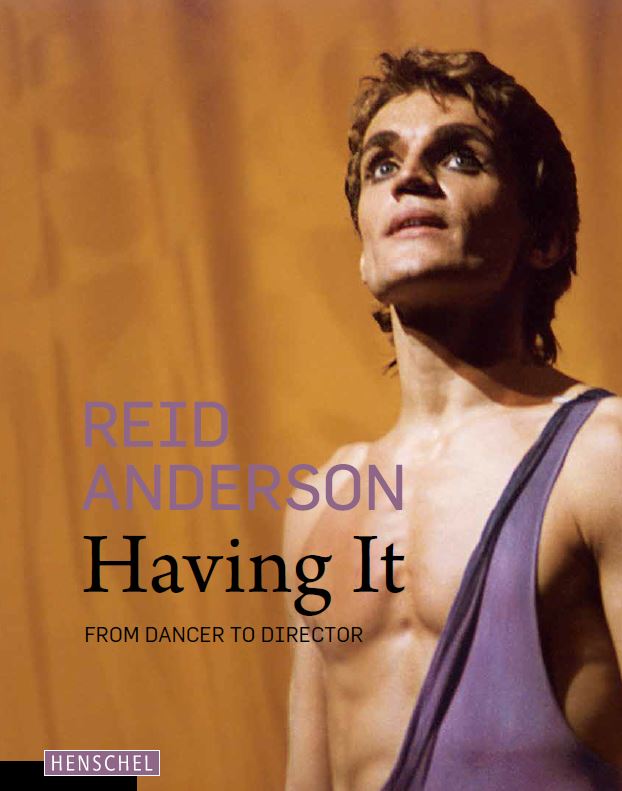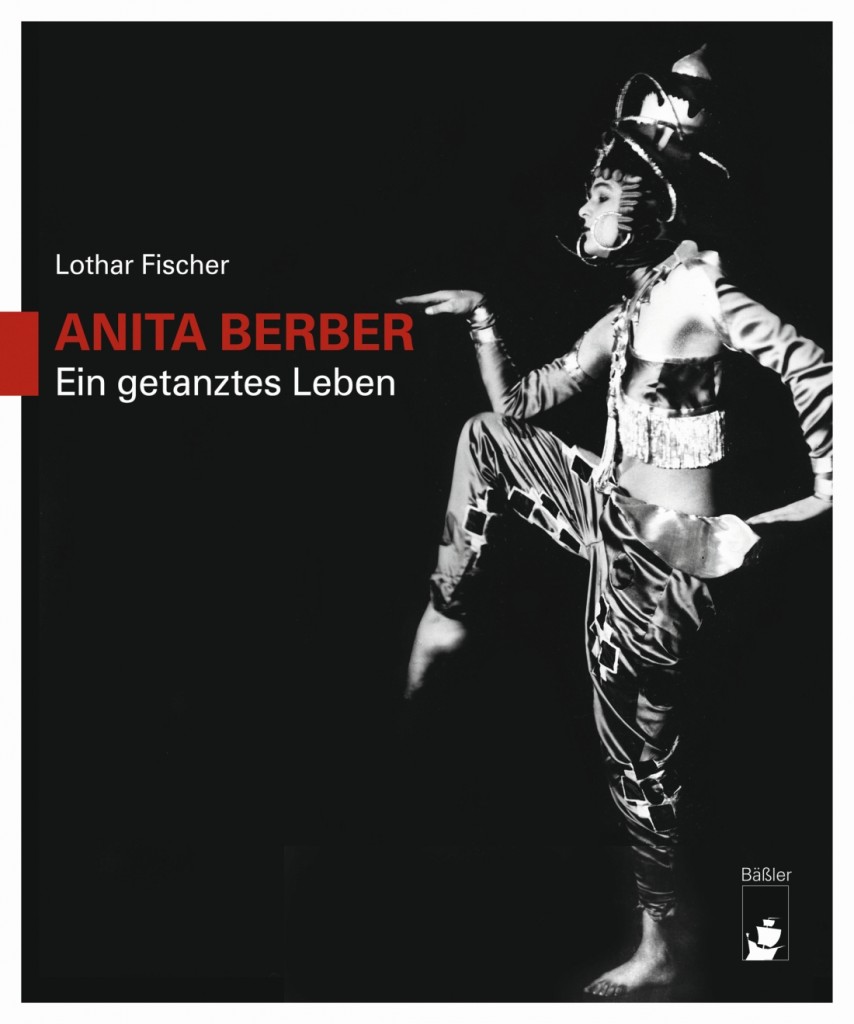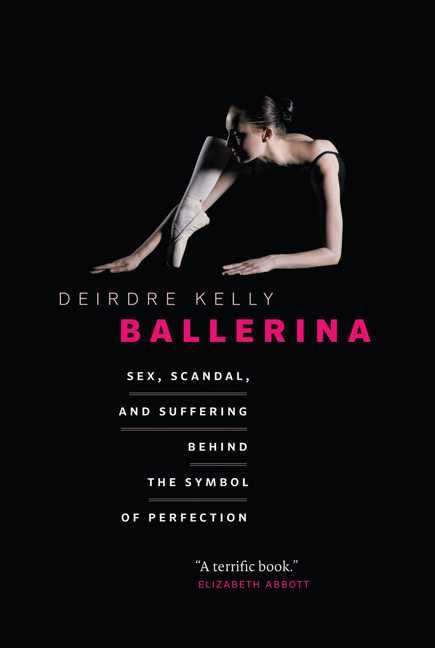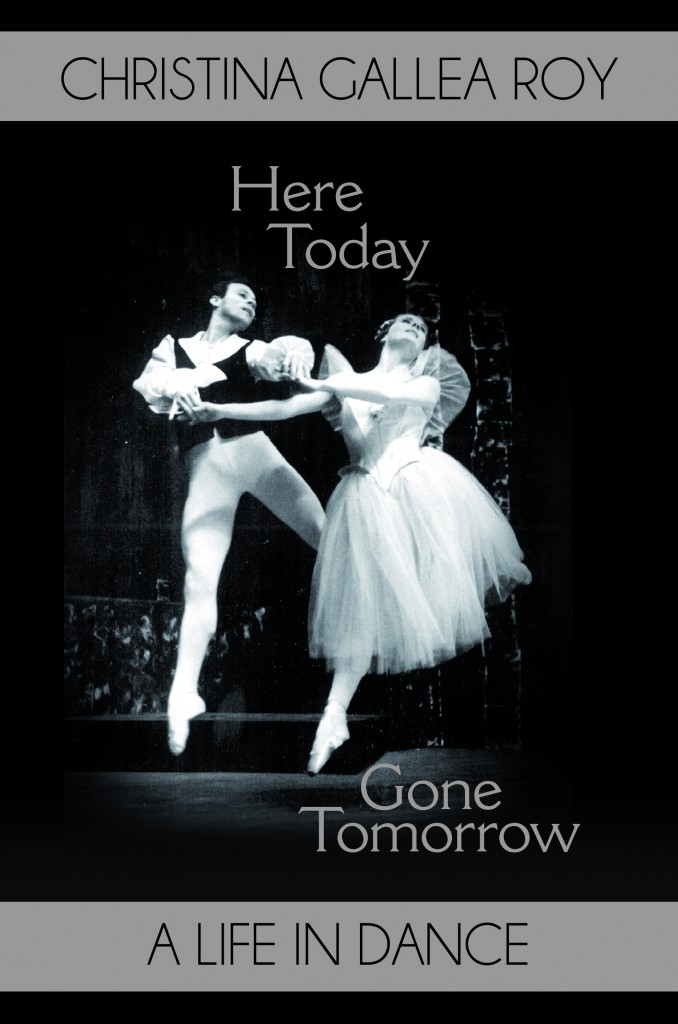Haunting
Artur Babajanyan, Arshak Ghalumyan, Arman Grigoryan, Vahe Martirosyan, Arsen Mehrabyan, Tigran Mikayelyan:
“Forceful Feelings”
118 pages, colored and b/w photos
confident Markenkommunikation Winterthur / Switzerland
October 2022
by Ilona Landgraf
Copyright © 2022 by Ilona Landgraf
 “I can’t do this.”
“I can’t do this.”
Thus opens Forceful Feelings – a book by six Armenian-born dancers: Artur Babajanyan, Arshak Ghalumyan, Arman Grigoryan, Vahe Martirosyan, Arsen Mehrabyan, and Tigran Mikayelyan. This sentence heralded the disbanding of their company – the Forceful Feelings of the title – spelled out by their oldest member, Tigran. This was July of 2019, minutes before the curtain rose on a performance at the Pjazza Teatru Rjal in Malta. It was the last show Forceful Feelings would ever perform. The book, compiled by their mutual friend François Chappuis, assembles individual memories that trace back the paths that led to this finale.
The six boys, as they call each other, have a lot in common. Each of them was trained at the Yerevan National Ballet School and pursued a career in the West. Each of them struggled, some to the point of questioning whether a career in ballet was worth it at all. No one gave up. They were supported in their work by their close friendships (from boyhood) and the unvarying support and guidance provided by their parents. Artur’s father, for example, did not allow his son to quit after failing a few exams: “It’s okay to drop out. But not this way! Prove one thing before you quit: prove to them that you can dance. Don’t let them decide that. It’s not the circumstances that choose your fate – it’s you.” Artur took the challenge, throwing himself into the training – and it paid off. In 2003, he had already trained in Zurich. (more…)
